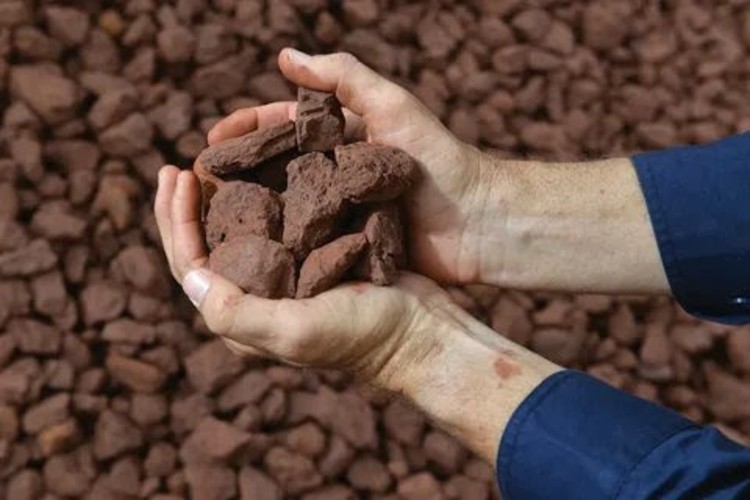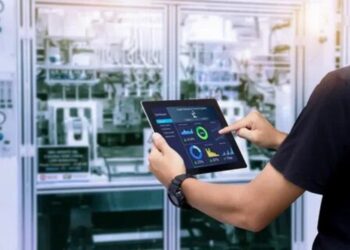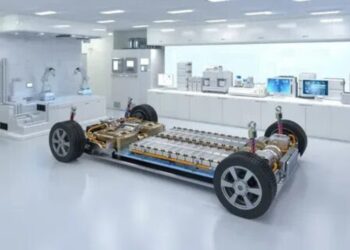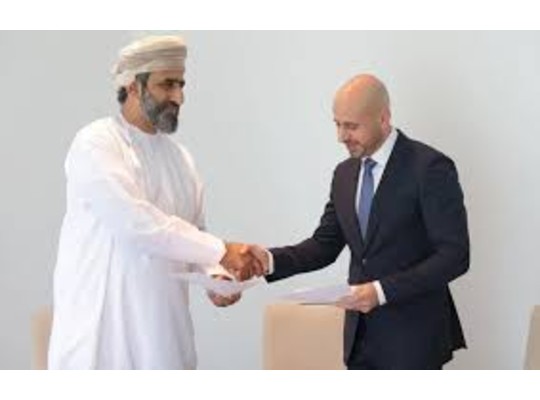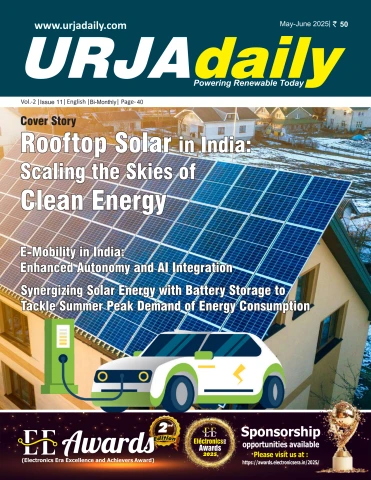The global iron and steel industry is at a pivotal moment. Once considered one of the largest carbon emitters in the industrial sector, it is now at the center of the global decarbonization movement. As governments, corporations, and international agencies push for net-zero targets, the Iron Ore Pellets Market is undergoing a profound transformation. Iron ore pellets, with their higher iron content and energy-efficient processing advantages, are becoming a key enabler of low-carbon steel production, influencing supply chains, investment strategies, and technology adoption worldwide.
Decarbonization in Steelmaking: A Global Imperative
Steel manufacturing accounts for nearly 7–9% of global CO₂ emissions, making decarbonization an urgent priority. Countries across Europe, Asia, and the Americas are adopting stricter emissions standards, while the corporate sector is pledging to achieve carbon neutrality in the next two to three decades. This has placed immense pressure on steel producers to transition toward more sustainable production methods.
Iron ore pellets are emerging as a cornerstone of this transition. Unlike traditional sinter or lump ore, pellets deliver higher iron content, uniform size, and fewer impurities, which translates into improved energy efficiency during steelmaking. With reduced coke and coal consumption in blast furnaces and compatibility with low-emission processes like Direct Reduced Iron (DRI) production, pellets are directly aligned with decarbonization goals.
Why Pellets Are Central to Low-Carbon Steel Production
The biggest advantage of iron ore pellets lies in their ability to reduce carbon intensity in steelmaking. Blast furnaces using pellets require less coke, resulting in lower CO₂ emissions. Even more importantly, pellets are the preferred feedstock for DRI plants, which use natural gas or hydrogen instead of coal, drastically cutting emissions.
Hydrogen-based steelmaking, a technology gaining momentum in Europe and Japan, depends almost entirely on high-grade pellets. As hydrogen adoption accelerates, demand for premium pellets is expected to rise sharply. According to Fairfield Market Research, this shift could reshape global trade flows, with pellet-producing nations finding lucrative opportunities in supplying to green steel projects.
Government Policies Driving Pellet Demand
Policy frameworks are a major driver in the evolving Iron Ore Pellets Market. The European Union’s Carbon Border Adjustment Mechanism (CBAM), for example, will impose tariffs on carbon-intensive steel imports, incentivizing exporters to adopt greener production methods. Similarly, China’s aggressive environmental regulations are prompting its steel industry to shift toward higher-grade raw materials like pellets.
In India, the government’s push toward cleaner industrial practices is fostering new pelletizing capacity expansions. The Middle East, with its growing hydrogen-based steel projects, is also emerging as a strategic hub for low-carbon pellet production. These regulatory pressures are not only boosting pellet demand but also encouraging technological upgrades in pelletizing plants.
Technological Innovation in Pelletizing Processes
Meeting decarbonization targets requires more than just shifting feedstock; it demands innovation in production processes. Pelletizing plants are investing in advanced beneficiation techniques to extract higher-grade ore from lower-quality reserves, minimizing waste and improving energy efficiency.
Furthermore, the adoption of renewable energy and alternative fuels—such as biomass and green hydrogen—in induration furnaces is reducing the carbon footprint of pellet production itself. AI-driven process controls, real-time quality monitoring, and automation are also making pellet plants more efficient and sustainable. These innovations are critical for maintaining competitiveness in a market increasingly shaped by sustainability credentials.
The Role of Hydrogen in Reshaping the Market
Hydrogen-based steelmaking represents the most promising pathway for deep decarbonization in the steel sector. DRI plants fueled by hydrogen instead of natural gas or coal can cut emissions by up to 95%. However, hydrogen-based processes require pellets with extremely high iron content and low gangue levels.
Countries like Sweden and Germany are leading pilot projects that integrate renewable-powered hydrogen production with pellet-based steelmaking. This is prompting pellet producers to upgrade their facilities to meet the stringent quality requirements of hydrogen-based DRI plants. Over time, as hydrogen costs fall and renewable capacity expands, this could fundamentally reshape global demand for premium pellets.
Market Dynamics: Supply, Demand, and Trade
The decarbonization push is influencing global pellet trade flows. Brazil, Canada, and Sweden—known for their high-grade pellet exports—are gaining market share as buyers prioritize quality over quantity. Meanwhile, geopolitical disruptions and energy market volatility are impacting supply stability, pushing steelmakers to secure long-term contracts with pellet suppliers.
In some regions, domestic pellet production is expanding rapidly to reduce import dependency and ensure compliance with environmental mandates. This shift toward localized production, combined with global trade realignment, is creating both opportunities and challenges for industry players.
Investment and Strategic Shifts in the Industry
The transition to low-carbon steelmaking is driving significant investment in the Iron Ore Pellets Market. Steelmakers are vertically integrating into pellet production to secure high-quality feedstock for their green steel initiatives. Mining companies are entering long-term supply agreements with hydrogen-based steel plants, ensuring predictable demand and stable pricing.
New pelletizing projects in India, Brazil, and the Middle East are being designed with sustainability in mind—utilizing renewable energy, recycling process water, and implementing carbon capture technologies. These investments indicate a strong long-term outlook for pellet demand, tied closely to the global green steel transition.
Challenges in the Decarbonization Pathway
While the growth potential for low-carbon pellets is significant, the industry faces hurdles. Producing premium pellets requires substantial capital investment, advanced beneficiation, and high-grade iron ore reserves, which are not evenly distributed worldwide. Additionally, the transition to hydrogen-based steelmaking is still in its early stages, with cost competitiveness and infrastructure readiness posing challenges.
Pellet producers must also navigate fluctuating iron ore prices, logistical constraints, and the evolving landscape of carbon pricing policies. Despite these challenges, the momentum behind decarbonization ensures that the market will continue to grow, with early adopters gaining the most strategic advantage.
The Road Ahead for the Iron Ore Pellets Market
As the steel industry embraces decarbonization, iron ore pellets will remain central to the transformation. The convergence of regulatory pressure, technological innovation, and sustainability-focused investments will sustain demand for high-grade pellets well into the future.
Pellet producers who invest in cleaner production processes, forge strategic partnerships with steelmakers, and adapt to hydrogen-based technologies will be best positioned to thrive. Meanwhile, regions with abundant high-grade iron ore reserves will play a crucial role in supplying the feedstock for the world’s low-carbon steel ambitions.
Decarbonization goals are not merely influencing the steel sector—they are redefining the entire raw material supply chain. The Iron Ore Pellets Market is at the forefront of this shift, evolving from a cost-driven commodity market into a strategically critical component of the global green transition.
As hydrogen steelmaking gains traction, policy frameworks tighten, and technological advancements accelerate, pellets will solidify their role as the preferred feedstock for sustainable steel production. For both established producers and new entrants, the opportunity lies in aligning with the world’s low-carbon future, ensuring they remain integral to the steel industry’s transformation journey.


